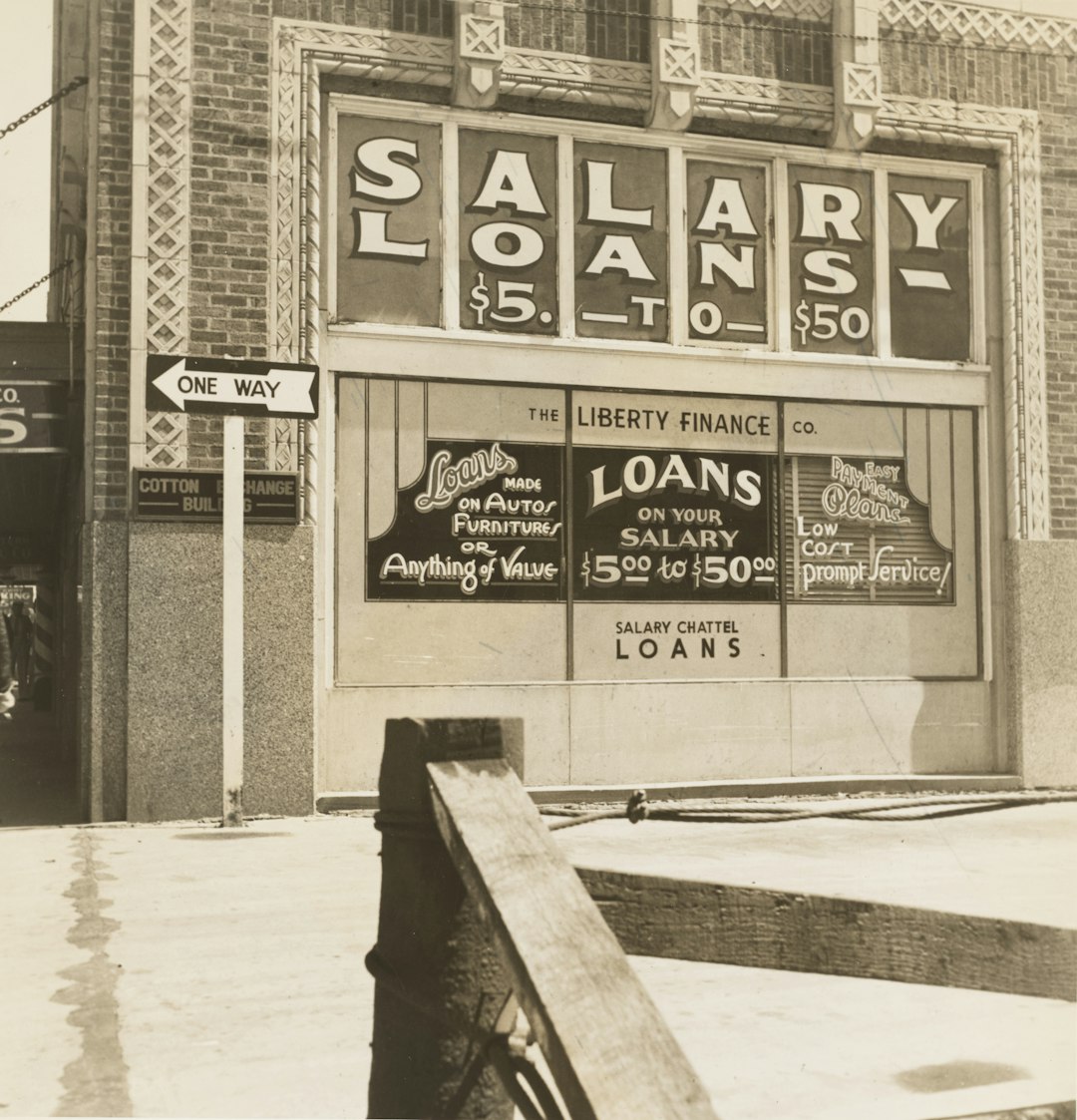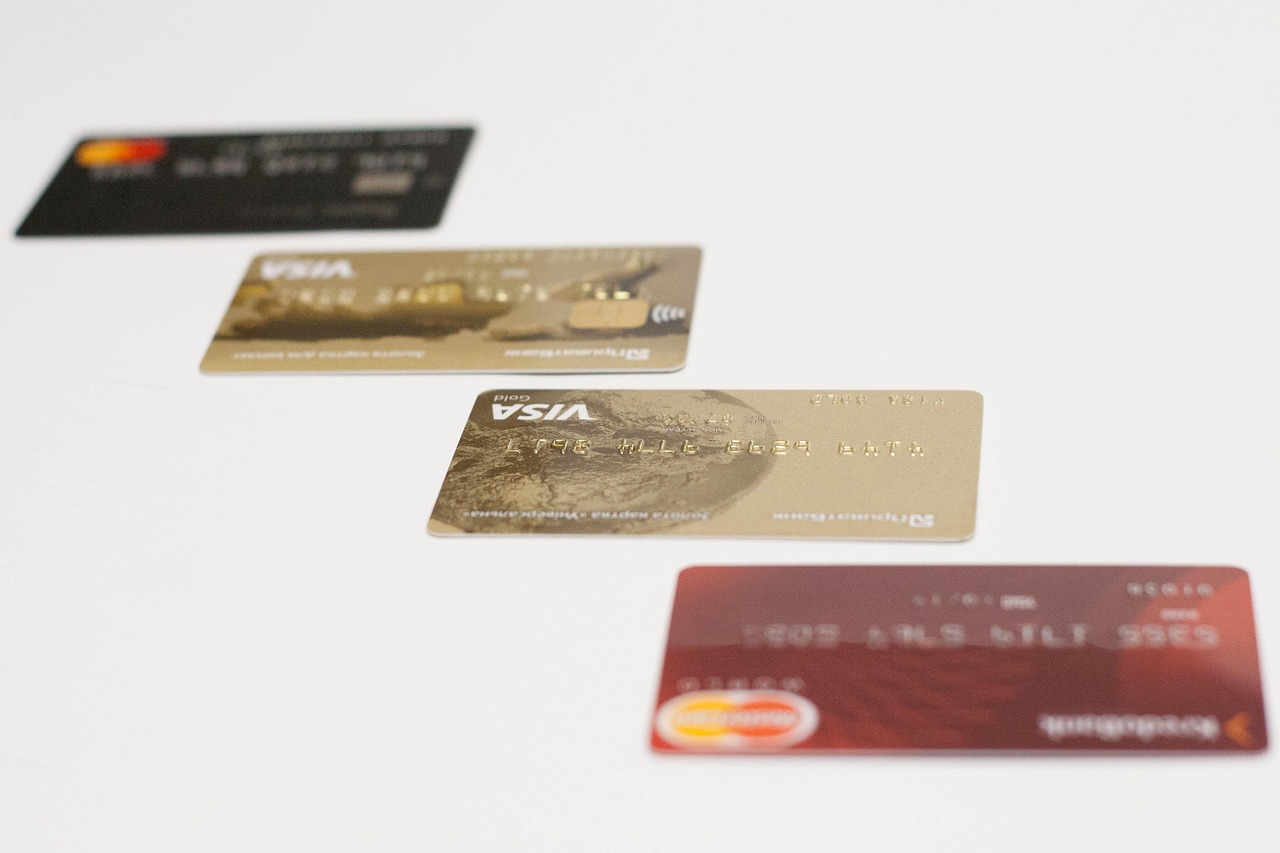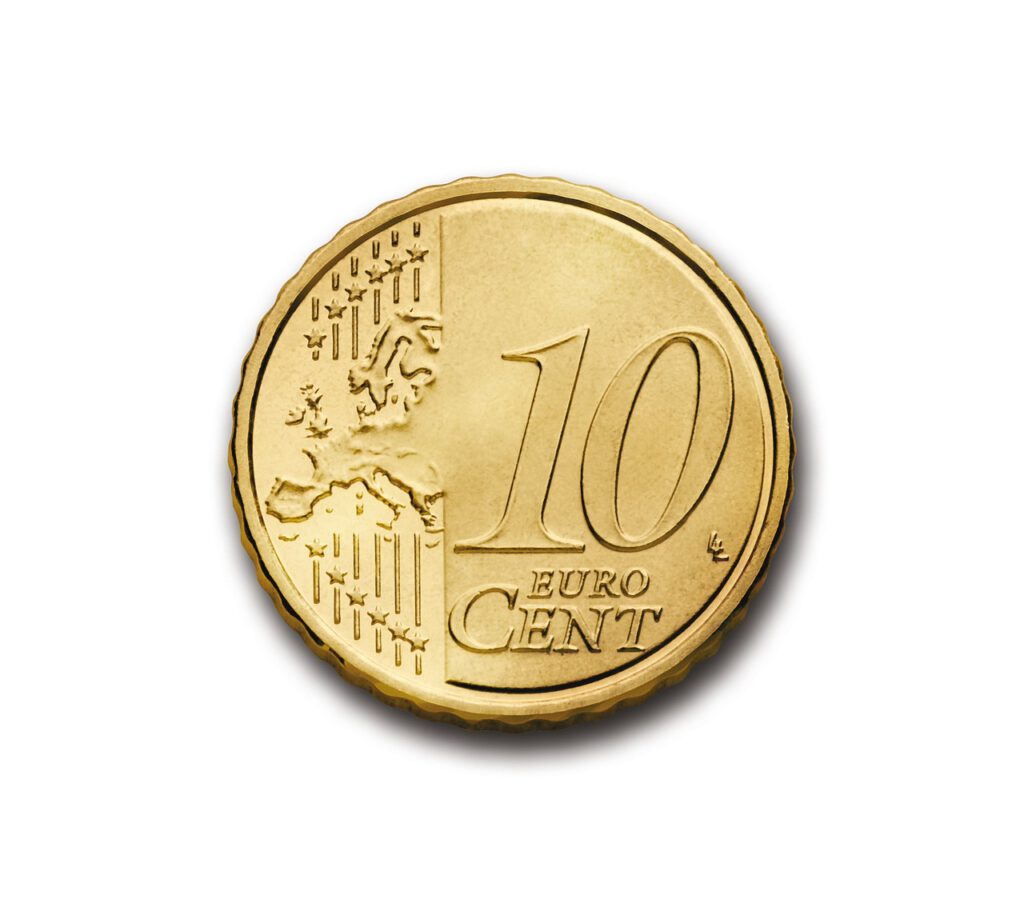Myth 1: Checking Your Own Credit Score Hurts It

It’s shocking how many people still hesitate to check their own credit score, fearing it will drop just by peeking. The truth is, checking your own score is considered a “soft inquiry” and has zero impact on your credit health. According to the Consumer Financial Protection Bureau, soft inquiries are not reported to lenders and don’t affect your creditworthiness in any way. Only “hard inquiries,” such as when you apply for a loan or a credit card, can shave a few points off your score. Regularly reviewing your credit report is not only safe, it’s smart—it helps you spot errors or fraudulent activity before it spirals out of control. Think of it like stepping on a bathroom scale: knowing the number empowers you to take action, not the other way around. Don’t let outdated fears keep you in the dark when it comes to your own financial health.
Myth 2: Closing Old Accounts Improves Your Score

Many people believe that shutting down old, unused credit accounts will give their score a boost, but this can backfire in a big way. The length of your credit history is a significant factor in most scoring models. Closing an old account—especially your oldest—can actually shorten your credit history and lower your average account age, which may ding your score. Experian experts have repeatedly emphasized that keeping older accounts open, even if you rarely use them, shows lenders you have a long-standing relationship with credit. Instead of closing, consider leaving these accounts open and using them sparingly for small, manageable purchases. Just make sure to set reminders to avoid accidental inactivity fees. Every year, thousands of people unwittingly hurt their scores by closing old credit cards, thinking they’re doing the right thing.
Myth 3: You Only Have One Credit Score

It’s easy to assume you have a single, universal credit score, but the reality is far more complicated. Different lenders use different credit bureaus and scoring models, like FICO and VantageScore, to evaluate your credit. The Federal Reserve’s 2024 report showed that these scores can differ by up to 100 points depending on which bureau or model is used. You might feel like you’re acing your credit, only to be surprised by a much lower score when applying for a loan. That’s why it’s crucial to check your scores from all three major bureaus—Equifax, Experian, and TransUnion—to get the full picture. No single score defines your credit story, so don’t be caught off guard when lenders see something different than you do.
Myth 4: Paying Off Debt Erases Negative Information

Paying off debt feels like crossing the finish line, but many are shocked to discover that negative marks such as late payments or accounts in collections can linger for years. Settling a debt doesn’t wipe the slate clean; negative items generally remain on your report for up to seven years. The National Foundation for Credit Counseling’s 2025 study confirmed that even after you pay what you owe, the history of missed payments or defaults still impacts your score. This can be frustrating if you’ve worked hard to pay down your balances. The best move is to focus on positive habits going forward: pay every bill on time, keep balances low, and avoid new late payments. Your history will eventually age off, but patience and consistency are key.
Myth 5: You Need a Credit Card to Build Credit

It’s a common belief that credit cards are the only gateway to a solid credit score, but that’s simply not true. Installment loans, student loans, and even rent payments can all contribute to your credit profile. A 2024 survey by Credit Karma revealed that nearly 30% of consumers built their scores using alternative forms of credit, proving there’s more than one path to a strong credit history. These days, some rent and utility payments can be reported to credit bureaus, giving non-credit card users a chance to demonstrate financial responsibility. If you’re wary of credit cards, explore secured loans or ask your landlord if they report rent payments. There are more tools than ever to help you build credit your way.
Myth 6: All Debt Is Bad Debt

The phrase “debt is bad” gets thrown around a lot, but not all debt is created equal. There’s a world of difference between high-interest credit card debt and a well-managed mortgage or student loan. Responsible borrowing, especially for things like education or a home, can actually help your credit score. According to the American Bankers Association’s 2025 report, a healthy mix of credit types—like a car loan paired with a credit card—can improve your score and show lenders you can handle different financial responsibilities. The key is to manage debt wisely and not let balances spiral out of control. Good debt, used carefully, can open doors to better financial opportunities.
Myth 7: You Can’t Improve Your Credit Score Quickly

It’s easy to feel like you’re stuck with your current score for years, but recent data shows you can make real improvements in a surprisingly short time. For example, paying down credit card balances to reduce your credit utilization ratio can lift your score within weeks. FICO’s 2024 analysis highlighted that bringing utilization below 30% is one of the fastest ways to see results. Disputing errors or inaccuracies on your credit report can also lead to immediate adjustments. While building a perfect score takes time, these small, strategic moves can quickly nudge you in the right direction. The path to better credit isn’t as long and winding as you might think.
Myth 8: Credit Repair Services Are Necessary

Credit repair services promise to clean up your credit for a fee, but much of what they do, you can do yourself at no cost. The Federal Trade Commission regularly warns consumers that many credit repair tactics are just basic steps you can take independently, such as disputing errors or requesting updated information from credit bureaus. With the abundance of free online resources, you can learn how to navigate the process without paying for expensive help. Taking control of your credit may feel intimidating, but the tools and information you need are right at your fingertips. You don’t need to outsource your financial future to someone else.
Myth 9: You Should Max Out Your Credit Card for Rewards

The allure of credit card rewards can be strong, but maxing out your card is a dangerous game. High balances not only rack up interest but also increase your credit utilization ratio, which can drag your score down fast. The National Credit Union Administration’s 2025 report strongly recommends keeping utilization below 30% to maintain a healthy score. Instead, use your card for everyday purchases you can pay off in full each month. That way, you still earn rewards without risking your financial health. The bottom line: the perks aren’t worth the potential damage to your credit.
Myth 10: Your Credit Score Is Set in Stone

Many people believe their credit score is a permanent label, but it’s anything but fixed. Your score is constantly shifting in response to your financial behavior—on-time payments, new accounts, and changes in balances all play a part. The Credit Reporting Agency’s 2024 study demonstrated that active management of your credit can lead to substantial swings in just a few months. This means you’re never stuck where you are; every positive action, no matter how small, can move the needle. Keeping your eye on your credit and making mindful choices can make a noticeable difference over time.



